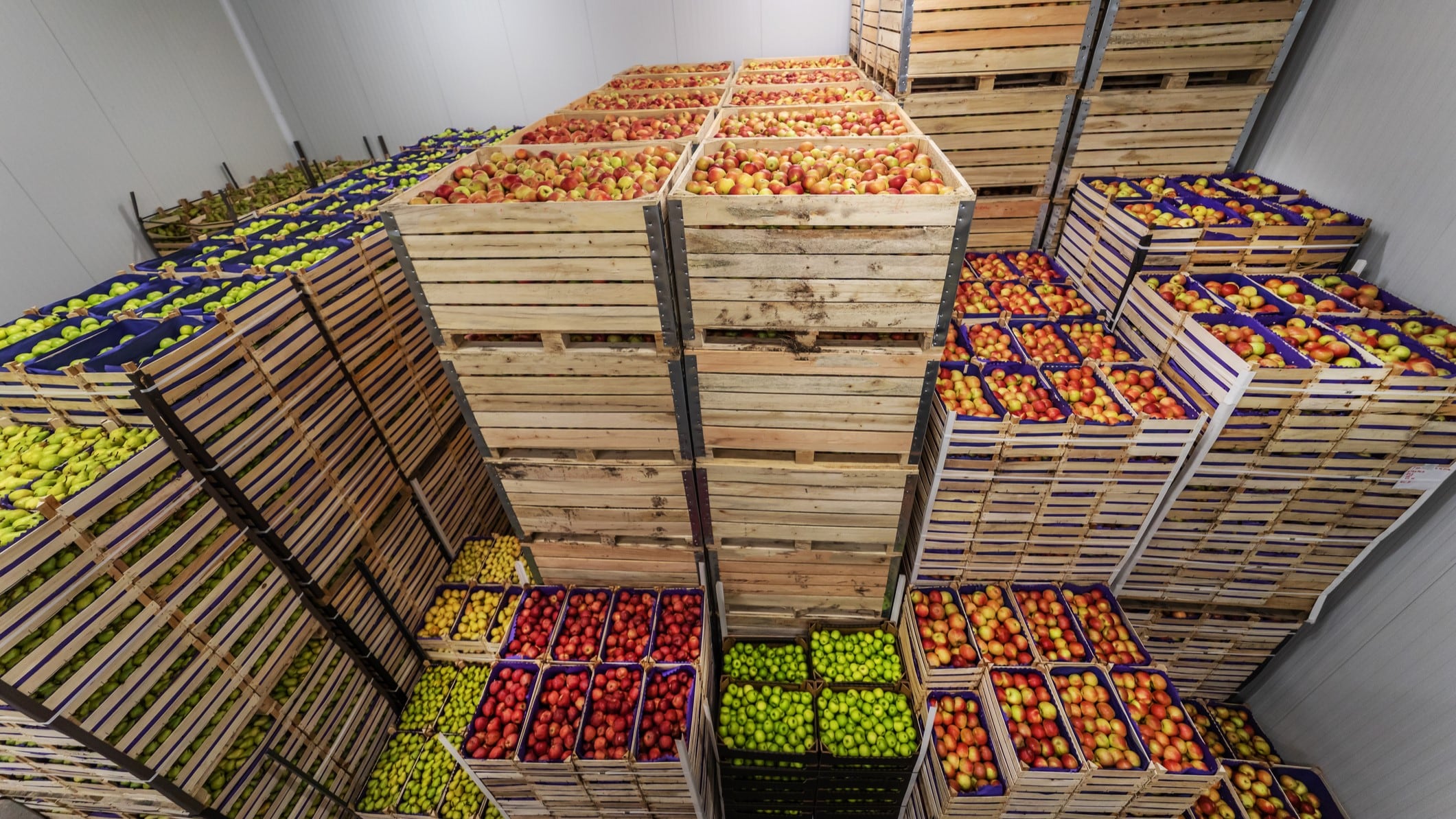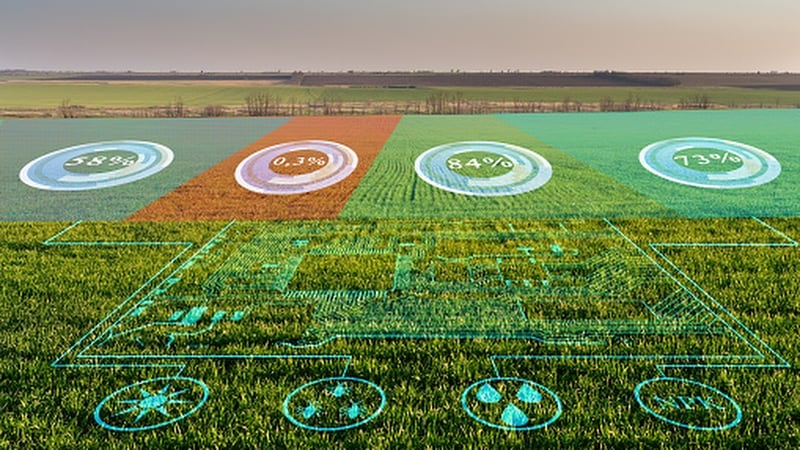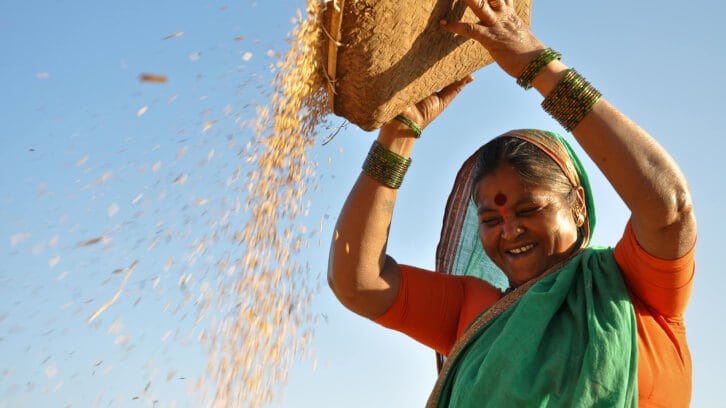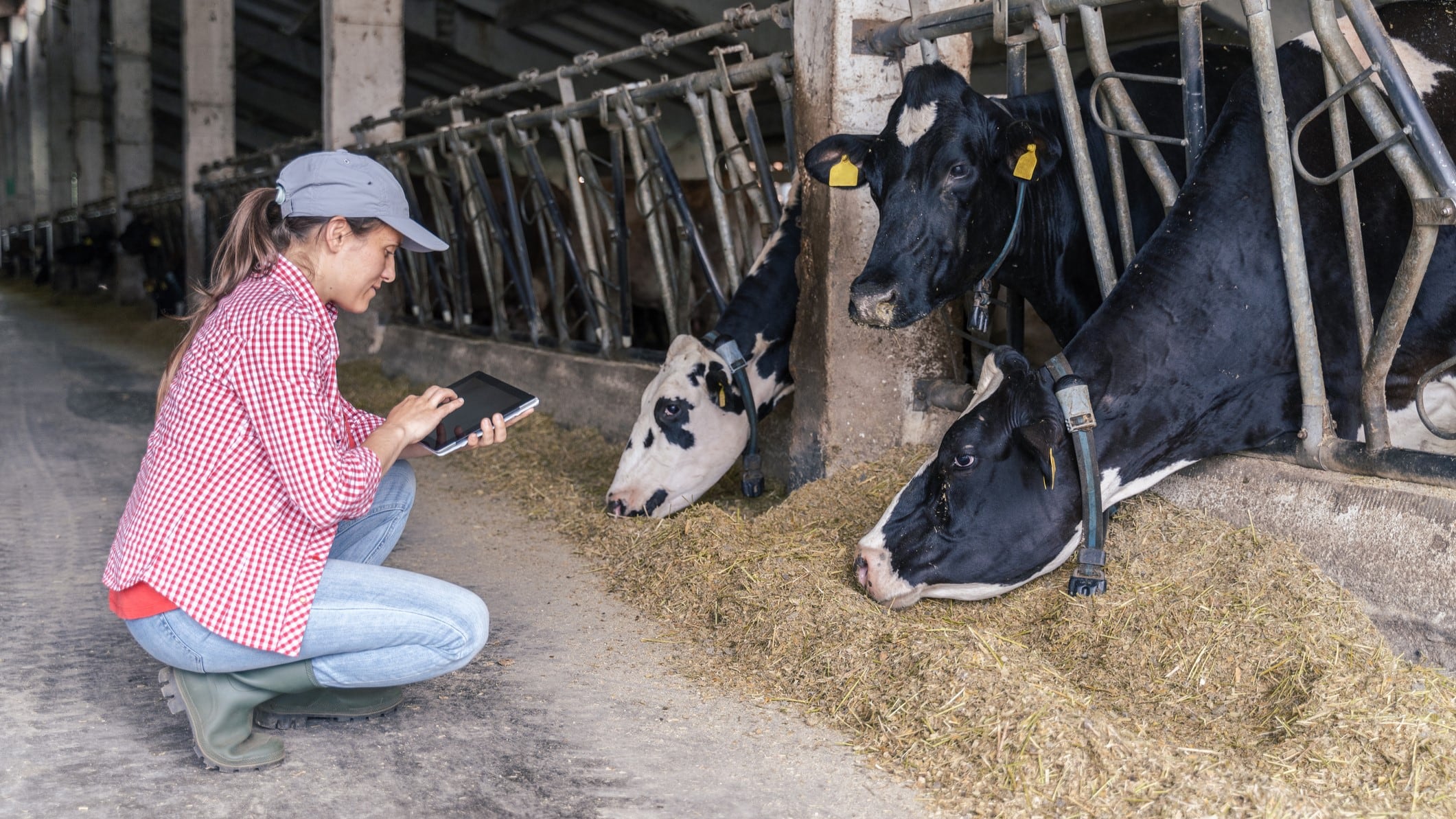In a stark revelation, the United Nations’ Food and Agriculture Organization (UNFAO) estimates that aprroximately 40% of the world's food — up to 1.6 billion tonnes — is lost or wasted annually. Of this, losses during storage contribute to 15% to 20% for vegetables and 10% to 15% for fruits, with a further 5% to 10% waste during distribution.
This is due largely to the perishable nature of fruits and vegetables, which makes them susceptible to spoilage in unfavourable temperature and humidity conditions.
The European Union Statistics Office has also reported that in 2020, the average person wasted 127kg of food, with households contributing to 70kg of this figure and an alarming 55% of per capita food waste; the remaining 45% stems from various nodes of the food supply chain.
Alarming figures also come from China, which experiences a yearly average loss and waste rate of 22.7% for essential items such as vegetables, fruits, aquatic products, grains, meat, milk and eggs —amounting to a staggering 460 million tonnes. Of this, an estimated 300 million tonnes of food loss occurs during production and distribution.
The aforementioned statistics translate to monumental resource wastage and economic losses, and exacerbates the hunger faced by 828 million people (over 10% of the population) globally. Furthermore, severe food crises were reported to affect 258 million people across 58 countries in 2022 — a disconcerting escalation from 193 million people in 53 countries in 2021.
Cold solution
However, a potential solution has emerged in the form the intelligent cold chain system, a network of temperature-controlled storage and transportation facilities that could effectively curtail food waste during the critical storage and transit stages.
IoT, blockchain and digital twinning technologies have enhanced the application of traceability systems in cold chain logistics. IoT technology utilises freshness sensors, GPS, and wireless communication to achieve real-time monitoring and temperature control in cold chain systems, improving their transparency, security and traceability, and reducing economic losses caused by food decay.
Similarly, blockchain technology ensures the integrity, transparency and security of transactions and data in cold chain systems. Untegrating RFID tags, GPS, and wireless communication technology with blockchain, guarantees the authenticity and traceability of data throughout the supply chain.
However, the high cost and energy consumption of this technology hinder its widespread use.
Researchers are working to reduce costs by improving sensor manufacturing processes or optimising supply chain systems. Additionally, digital twinning technology is used to create virtual models of cold chain systems, facilitating efficient simulation and analysis of food corruption mechanisms.
This technology optimises cold chain systems by regulating environmental parameters and reducing energy consumption.
Systemic challenges
Still, challenges loom large. Despite promising advancements, the intelligent cold chain system faces barriers, including high implementation costs and a lack of standardised protocols.
Comprehensive cooperation among governmental bodies and researchers are needed to bolster integration with artificial intelligence (AI) technology, establish requisite regulations and propel progress toward standardisation and innovation.
A recent paper by researchers at the Beijing Technology and Business University delves into the multi-faceted dimensions of this challenge, evaluating traditional preservation technologies, sensor components monitoring spoilage in intelligent cold chains, data transmission methods and critical AI integration. The study also underscores the potential of combining AI with established preservation methods to revolutionize food waste reduction.
Without comprehensive assessments of environmental parameters for different food items or tailored supply chain conditions, cold chain systems remain vulnerable. Moreover, there is a lack of a clear link between food quality alterations and environmental condition changes, impacting industries reliant on fruit and vegetable preservation.
The underpinning challenge of IoT-based systems lies in the multitude of sensor devices and concomitant need for data compatibility and interoperability. Striving to establish uniform standards for data formats and exchange, along with technical equipment, is a daunting task for proponents of this technology.
Blockchain and IoT the answer?
Blockchain technology, however, may have the potential to overcome these obstacles. By providing tamper-proof shared data, it can create an environment where stakeholders adhere to consistent standards, facilitating information-sharing and traceability across devices. This could, in turn, foster greater cooperation and efficiency within the cold chain ecosystem.
Additionally, packaging has emerged as a key player in the spoilage crisis. While traditional packaging provides essential protection, it falls short of addressing the modern demand for quality and monitoring. The study encourages integrating freshness sensors, which can assess various environmental and food indicators in real time, facilitating enhanced food monitoring and preservation.
Leveraging the power of the IoT, the intelligent cold chain system emerges as a potential saviour. By enabling real-time data exchange and dynamic environmental parameter control, it optimises food quality throughout the supply chain. Though hurdles like sensor compatibility and data standards remain, integrating blockchain technology offers a promising solution.
By marrying AI with traditional preservation techniques, intelligent cold chain systems can hasten progress towards a sustainable future in agriculture, while ensuring food security and mitigating economic losses. Nonetheless, concerted efforts from governments, researchers and industries are essential to translate these possibilities into tangible change on a global scale.
Source: Food
“Overview of Food Preservation and Traceability Technology in the Smart Cold Chain System”
https://doi.org/10.3390/foods12152881
Authors: Lin Bai, et al.




